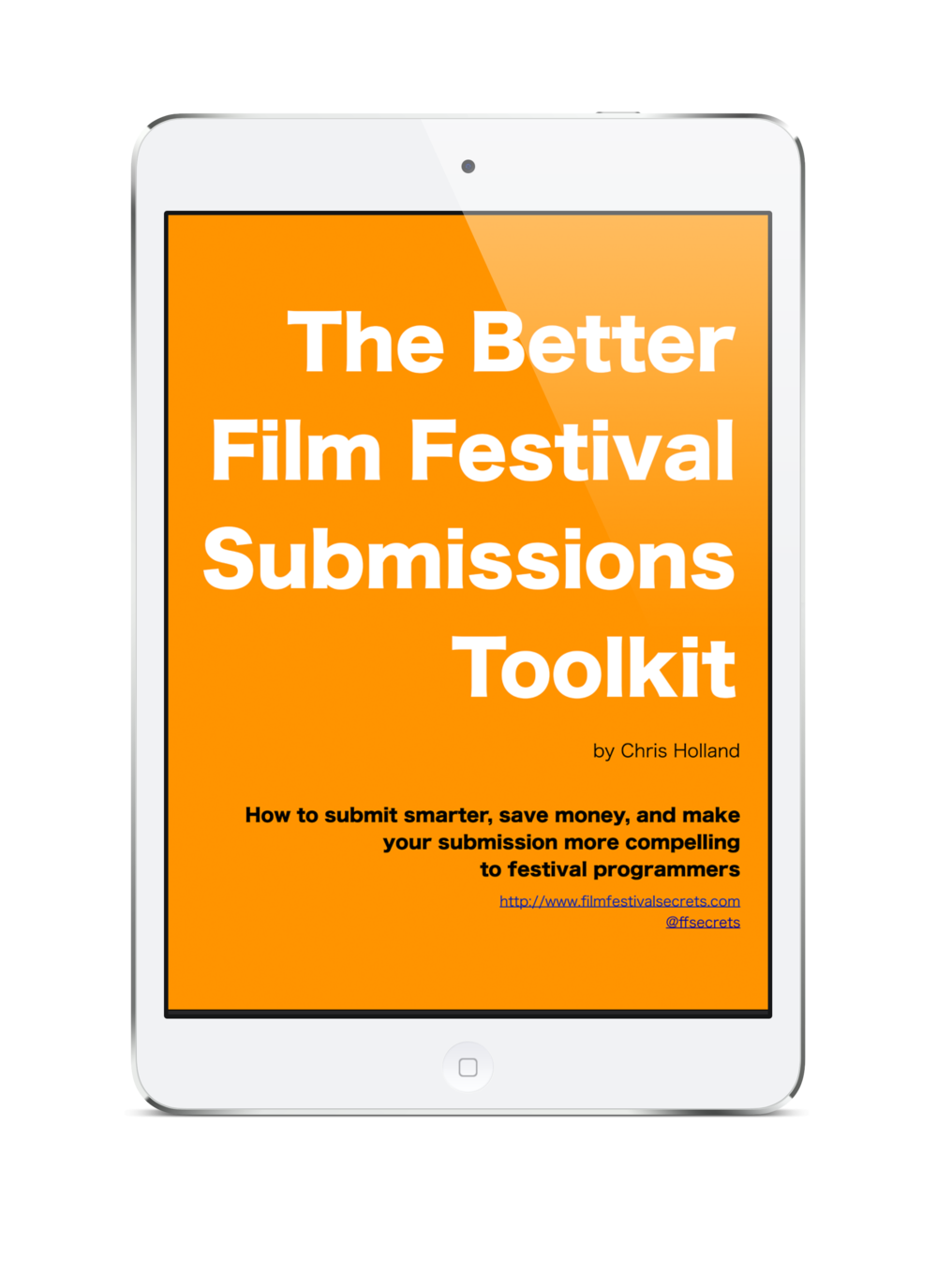Brookes Barnes, writing for the New York Times about the Sundance Film Festival’s inclusion of material intended for television in the festival program:
The shift leaves Sundance, longtime attendees say, on the edge of an identity crisis. The festival, fiercely proud of its heritage as America’s foremost showcase for independent cinema, is working to hold on to that identity. At the same time, it is tentatively embracing an art form, television, in which innovation and energy abound.
In other words, it is trying to remain relevant.
The wording of that last sentence makes it seem like Sundance is in danger of becoming irrelevant. That’s a danger for any organization of influence, sure, but I haven’t heard any whispers in the back alleys of filmmaking discussion groups that would suggest the Sundance brand is losing its luster.
As to the question of whether episodic TV content “belongs” at Sundance, well, the festival is what its creators say it is. That they are forward-thinking enough (and observant enough) to follow and champion talented storytellers across the arbitrary lines of industry (however tentatively) is cause for celebration. (At least in my brain – you may party on or not as you like in your own skull.)
At the moment, like many others subscribed to services like Amazon Prime Video and Netflix, I am more enamored of long-form episodic stories viewed in rapid succession than with feature films. (Heavens to Murgatroyd, have you seen The Escape Artist?) Binge watching may have begun with DVD releases of Sex and the City more than a decade ago, but with online-only original series like Alpha Dogs, House of Cards, and Transparent streaming into homes as the new must-see TV, it has blossomed.
Why would Sundance ignore that?
Not that I think Sundance or any film festival should give a damn what I’m watching and thinking, but the trend is real. At some point I hope we can agree that what constitutes “cinema,” at least when it comes to running times and formats, is a matter of semantics. Where the money comes from and goes to in the process – well, that’s a different story, and it’s a difference with which many festivals struggle. Sundance, perhaps, most of all.



